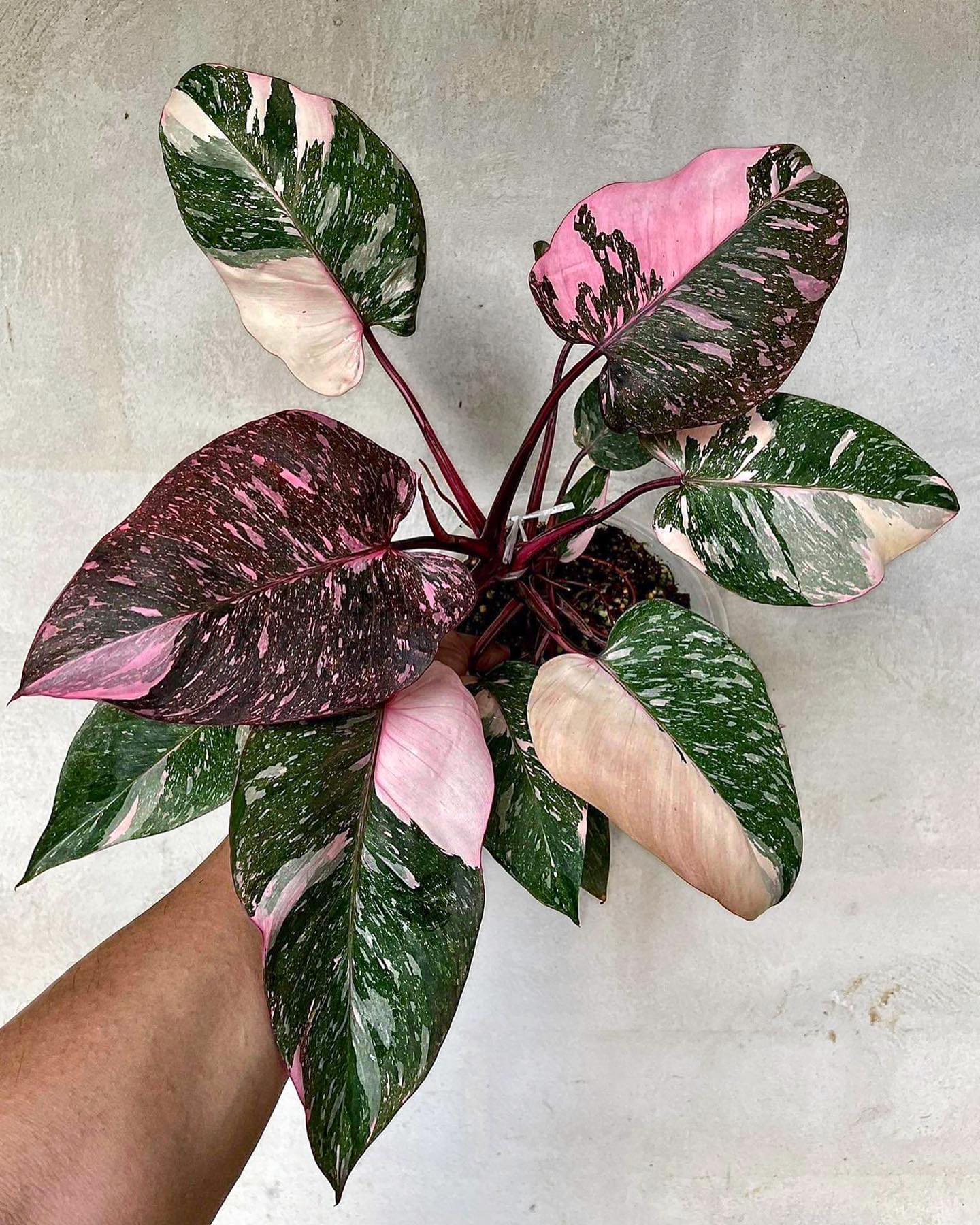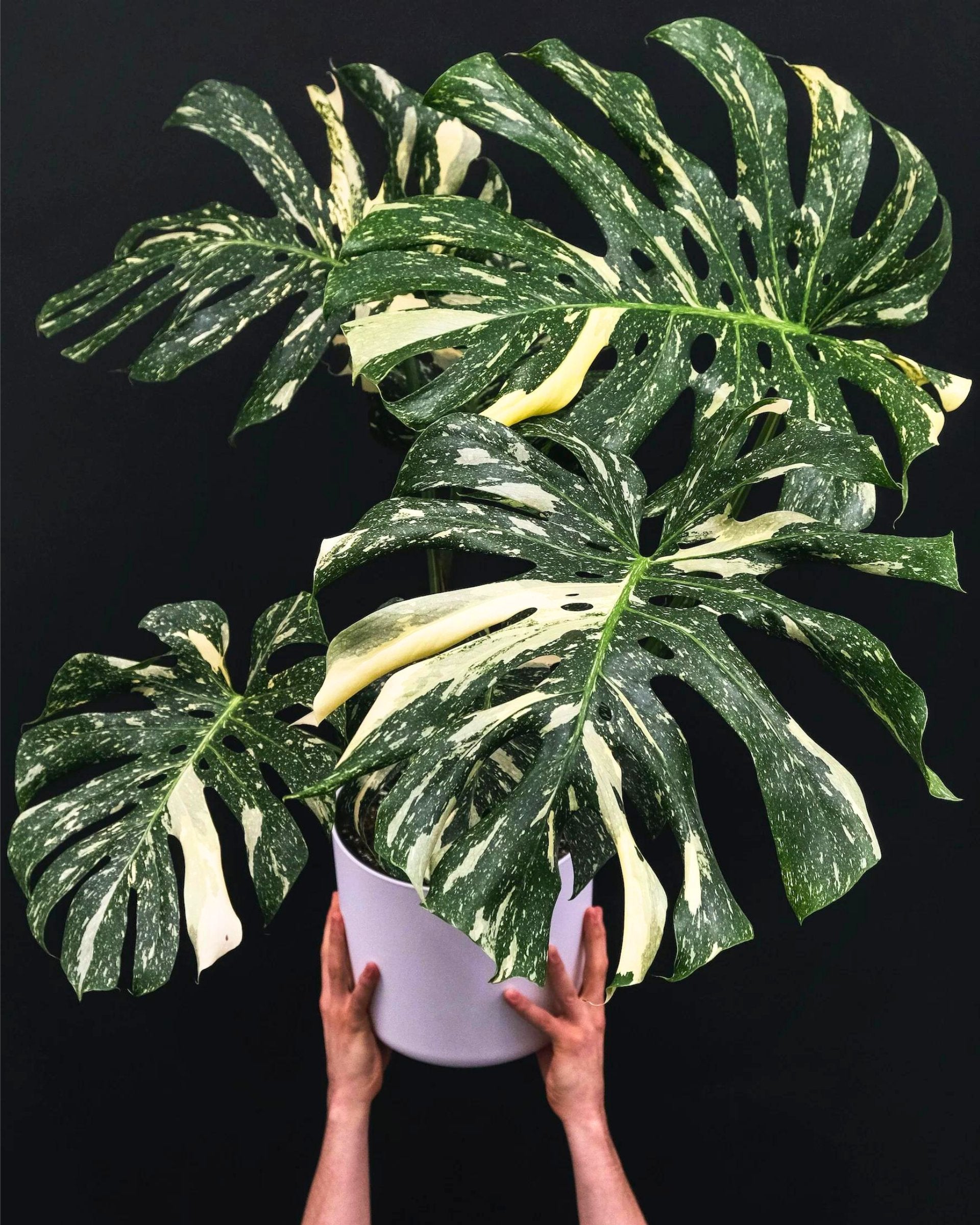Meet the Senecio Herreianus, commonly known as the String of Tears. This fascinating trailing succulent is a close relative of the popular String of Pearls and String of Bananas plants. With its unique, tear-shaped leaves and trailing stems, this plant is a must-have for any succulent enthusiast. Whether you're a seasoned gardener or a beginner, the String of Tears offers a unique aesthetic and easy care requirements, making it a perfect addition to your indoor or outdoor garden.
Essential Care Tips for Your String of Tears Plant
String of Tears Light Requirements: Where to Place Your Plant
The String of Tears thrives in bright, indirect light. While it can tolerate some direct sunlight, too much can cause the leaves to scorch. An east or west-facing window is an ideal location for this plant. If you're lacking in natural light, these grow lights can be an excellent supplement.
String of Tears Soil: The Right Foundation
Well-draining soil is crucial for the health of your String of Tears. A succulent or cactus mix is recommended to provide the drainage this plant needs. This succulent and cactus mix is an excellent choice to ensure your plant thrives without the risk of root rot.
String of Tears Watering: Less is More
The String of Tears is very drought-tolerant, storing water in its leaves. Allow the soil to dry out between waterings to prevent overwatering, which can lead to root rot. Indoors, you may need to water every 3-6 weeks, depending on the season and humidity levels. Outdoors, watering every two weeks should suffice.
String of Tears Fertilization: To Feed or Not to Feed?
While not a heavy feeder, a balanced fertilizer can be applied once a month during the growing season to support its growth. Avoid fertilizing during the winter months when the plant is dormant.
String of Tears Temperature and Hardiness: A Versatile Plant
This succulent prefers temperatures between 60-85°F and is winter hardy in USDA zones 9-11. If you're growing it outdoors in a colder climate, consider bringing it inside during the winter months.
Pruning Your String of Tears: Encouraging Fuller Growth
Regular pruning can help maintain a fuller shape for your String of Tears. Pinching off longer vines will encourage new growth and provide you with cuttings for propagation. For this task, these amazing plant tools can be very helpful.
String of Tears Pests: Keeping Your Plant Healthy
Generally, this plant is not prone to many pests. However, overwatering can make it susceptible to mealybugs and spider mites. If you notice any of these pests, a simple insecticidal bath can be an effective treatment.
Frequently Asked Questions About String of Tears
Are string of tears easy to care for?
Yes, the String of Tears is generally easy to care for, making it suitable for both novice and experienced gardeners. It has minimal care requirements, such as needing well-draining soil and bright, indirect light. However, it is a bit finicky about overwatering, so make sure to let the soil dry out between waterings.
How do you take care of a string of tears plant?
Caring for a String of Tears involves several key steps:
- Light: Provide bright, indirect light. An east or west-facing window is ideal.
- Soil: Use well-draining soil, preferably a succulent or cactus mix.
- Watering: Allow the soil to dry out completely between waterings. Overwatering can lead to root rot.
- Fertilization: A balanced fertilizer can be applied once a month during the growing season, but avoid fertilizing during winter.
- Temperature: Prefers temperatures between 60-85°F and is winter hardy in USDA zones 9-11.
What is the difference between string of pearls and string of tears?
Both String of Pearls and String of Tears belong to the Senecio genus and are similar in many care aspects. However, they differ mainly in leaf shape and appearance. String of Pearls has round, pea-like leaves, while String of Tears has tear-shaped leaves. Additionally, String of Tears leaves have a vertical, semi-translucent line running to their tip, which assists in photosynthesis.
What is the string of angel tears?
The term "String of Angel Tears" is not a commonly recognized name for a specific plant in the Senecio genus or any other succulent genus. It could be a colloquial name or a variation of either String of Pearls or String of Tears, but it's not a standard botanical name.
Is string of tears indoor or outdoor?
The String of Tears can be grown both indoors and outdoors. Indoors, it makes an excellent hanging or trailing plant and thrives in bright, indirect light. Outdoors, it can be grown in USDA hardiness zones 9-11 and prefers a location with bright but indirect light. If you're in a colder zone, it's advisable to bring the plant indoors during winter.

Tips and Tricks for String of Tears
-
Uses: This plant is best suited for hanging baskets or as a trailing plant on a shelf or windowsill. It can also be used in mixed succulent arrangements.
-
Growth Rate: The String of Tears grows at a moderate rate, and this growth can be more rapid in warmer weather.
-
Good to Know: This plant is also known by various other names, including String of Beads and Gooseberry Plant. Regardless of what you call it, this unique succulent is a must-have for any plant lover.
Conclusion: Why the String of Tears is a Must-Have Succulent
The String of Tears offers a unique look with its tear-shaped leaves and trailing growth habit. Its minimal care requirements make it a perfect choice for both novice and experienced gardeners. By following this comprehensive care guide, your String of Tears will not only survive but thrive, becoming a captivating addition to your indoor or outdoor garden.



